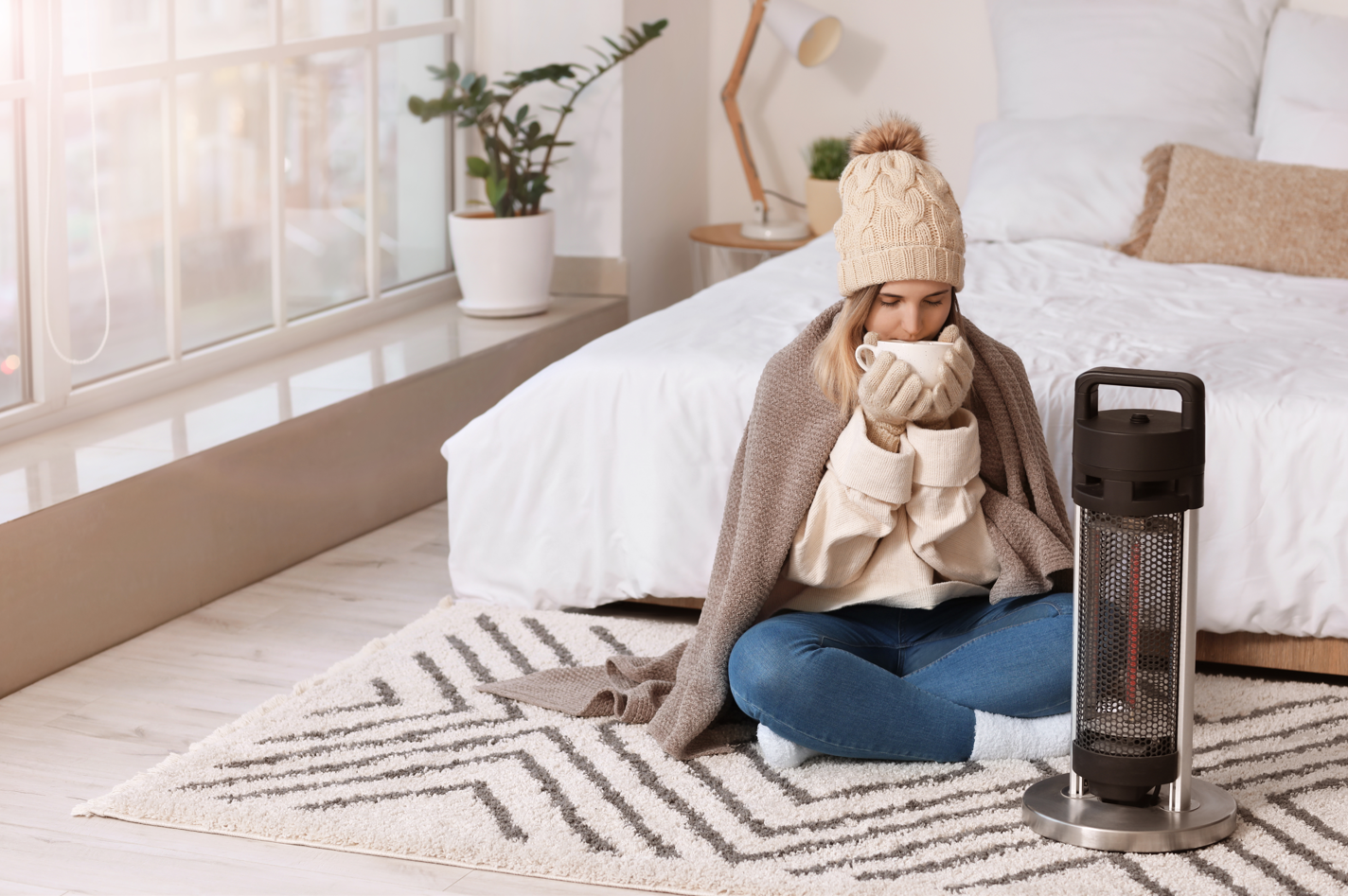
Cold spots in a home can be both unsettling and uncomfortable. These chilly areas often create uneven temperatures that may disrupt the coziness of your living space. While some may attribute these cold spots to supernatural causes, the truth is usually more grounded in reality. Understanding the root of the problem is the first step in handling it effectively.
Common Causes of Cold Spots
Cold spots can arise from a variety of sources, most of which are related to the structure and utilities of your home. One frequent cause is insufficient insulation, which allows heat to escape and cold air to seep in. This is particularly common in older homes where insulation standards are not as rigorous as they are today. Another cause might be air leaks around windows, doors, or even through gaps in walls. Additionally, issues with heating systems can lead to uneven heat distribution, making certain areas of your home noticeably colder.
How to Identify Cold Spots
To address cold spots efficiently, it’s important to be able to pinpoint their exact location. One method is simply walking through your house and noticing where the temperature drops abruptly. Pay attention to areas that are near windows, doors, or external walls. Using technology like thermal cameras or infrared thermometers can provide a more precise identification, making invisible cold spots visibly clear.
Solutions for Cold Spots
Once you’ve identified where cold spots are occurring, there are several actions you can take to mitigate them. Start with sealing any gaps or cracks that are letting in drafts. Weatherstripping around doors and windows is a simple and often effective solution. Additionally, consider reevaluating your home’s insulation. Upgrading to more efficient materials can make a notable difference in maintaining consistent temperatures. For issues related to your heating system, it may be necessary to consult a professional who can assess and optimize its functionality or adjust the heat distribution.
When to Call in the Experts
While many cold spot problems can be resolved with some DIY work, there are situations where professional help offered by businesses like Home Comfort Systems is warranted. If you’ve attempted several solutions and still face persistent issues, it may be time to call in a professional contractor. They can provide insights that may not be obvious, such as identifying structural issues or recommending more sophisticated heating solutions. Involving a professional can not only eliminate cold spots but also enhance your home’s overall energy efficiency.
Benefits of Fixing Cold Spots
Addressing cold spots effectively can significantly improve the comfort within your home. It leads to a more balanced temperature, ensuring warmth throughout every corner of your house. Moreover, resolving these issues can result in energy savings, as your heating system does not need to work as hard to compensate for leaks and uneven distribution. Ultimately, handling cold spots is an investment in both comfort and efficiency, allowing you to enjoy a cozier, more inviting household environment.
Conclusion
Cold spots in your home are a common concern but can be effectively managed with the right approach. By understanding the causes, identifying the problem areas, and applying corrective measures, you can transform even the coldest nooks into quainter parts of your home. Whether it involves sealing drafts or seeking professional advice, taking action ensures that your home remains a warm and welcoming space for you and your family all year round.


